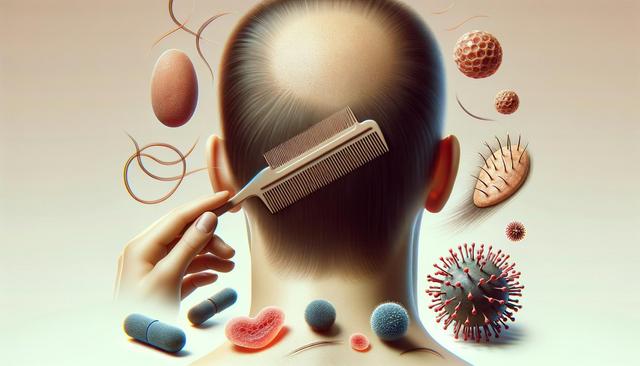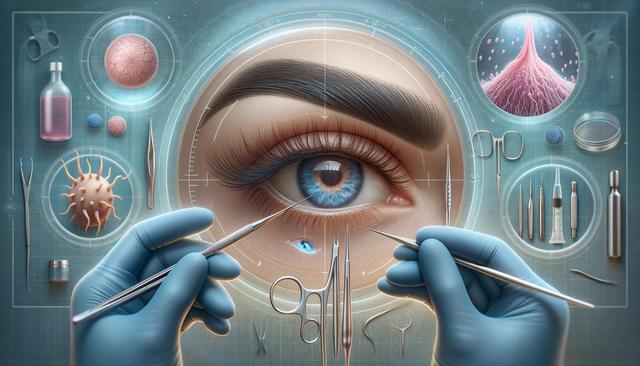Understanding Hair Loss: Why It Happens
Hair loss, or alopecia, can occur for a variety of reasons including genetics, hormonal changes, medical conditions, and lifestyle choices. For many, it starts as a gradual thinning on the scalp, while others may experience sudden hair shedding. The scalp is home to thousands of follicles, and when these become dormant or damaged, hair stops growing. Some common causes include:
- Stress and anxiety
- Poor diet lacking essential nutrients
- Excessive use of harsh chemicals or heat on the scalp
- Hormonal imbalances, including thyroid issues or androgenetic alopecia
Understanding the underlying cause is the first step in addressing hair loss effectively. While there is no guaranteed way to restore hair in all cases, some methods may help stimulate growth in areas previously considered bald.
The Role of Scalp Stimulation in Hair Growth
One method that has gained attention is scalp massage or stimulation. This technique involves using your fingers or tools to gently rub or press the scalp to improve blood flow. The idea is that increased circulation brings more oxygen and nutrients to hair follicles, potentially reactivating dormant ones. Studies suggest that frequent scalp massage may lead to thicker and more resilient hair strands. Here’s how to incorporate it into your routine:
- Use gentle, circular motions with fingertips for 5–10 minutes daily
- Apply natural oils like rosemary or peppermint to enhance effects
- Try using a soft-bristled brush or a massage tool to improve consistency
While results can vary, many individuals report feeling relaxed and noticing improved scalp health over time. Consistency is key, and it’s a low-risk method worth exploring.
Nutrition: Feeding Your Follicles from the Inside Out
Healthy hair begins with a healthy body. Nutrients such as iron, zinc, biotin, and vitamins A, D, and E play crucial roles in maintaining hair strength and encouraging growth. A diet lacking in these nutrients can lead to weakened hair or even hair loss. Foods that support hair health include:
- Leafy greens like spinach and kale
- Protein-rich sources such as eggs, legumes, and lean meats
- Fatty fish like salmon, rich in omega-3 fatty acids
- Nuts and seeds for zinc and selenium
Incorporating these into your daily meals can help nourish hair follicles and support regrowth efforts. It’s also advisable to stay hydrated and limit processed foods, which may contribute to inflammation and hair thinning.
Natural Oils and Gentle Care Practices
Applying natural oils to the scalp has been a longstanding tradition in many cultures. Oils like castor, coconut, and argan are often used because of their moisturizing and antioxidant properties. These oils can help reduce dryness, protect the scalp from environmental damage, and potentially support healthier hair growth. To apply oils effectively:
- Warm the oil slightly before massaging it into the scalp
- Leave it on for at least 30 minutes or overnight before rinsing
- Use a mild, sulfate-free shampoo to wash it out
In addition to oiling, gentle care practices are essential. Avoid over-washing your hair, use a wide-tooth comb to prevent breakage, and limit the use of heat styling tools. These steps can collectively preserve existing hair and create a better environment for new growth.
Exploring Low-Risk Options Before Professional Treatments
Before considering clinical or surgical treatments, such as hair transplants or laser therapy, many individuals explore non-invasive, low-risk options like those mentioned above. These methods may not offer immediate or dramatic changes, but they can support overall scalp health and improve the likelihood of hair regrowth. Other supportive steps include:
- Maintaining a consistent sleep schedule to reduce stress
- Practicing relaxation techniques like meditation or yoga
- Using hair products designed for thinning hair or sensitive scalps
Combining these practices with a patient and informed approach can lead to meaningful improvements over time. For those with persistent hair loss, consulting a healthcare provider or dermatologist is recommended to rule out underlying conditions and discuss alternative solutions.
Conclusion: A Holistic Approach to Hair Health
Addressing baldness requires a multi-faceted approach that includes both internal and external care. While no single method can guarantee hair regrowth in every individual, techniques like scalp stimulation, nutritional support, and gentle hair care offer promising, low-risk benefits. By staying consistent and mindful of your hair’s needs, you may notice gradual improvements not just in growth, but also in the strength and texture of your hair. If you’re exploring options to support hair health naturally, these methods provide a practical and thoughtful starting point.


